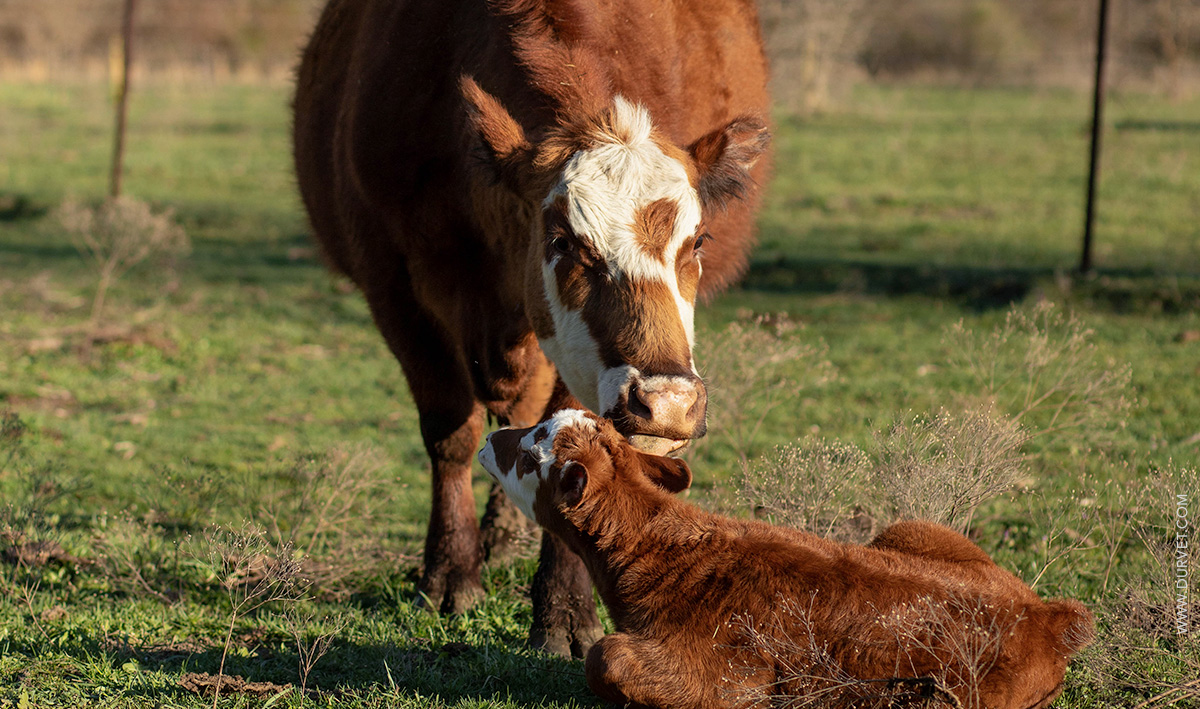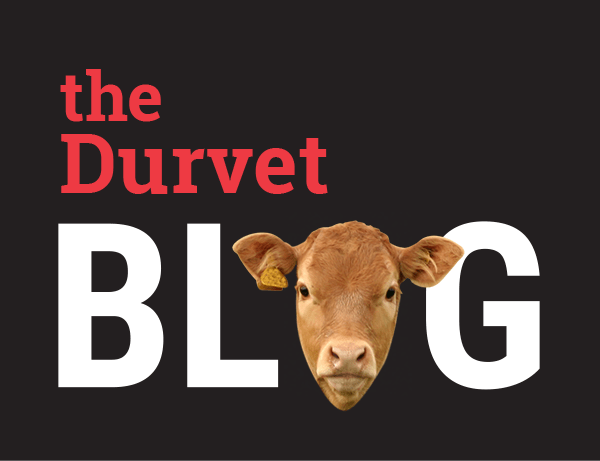
As the calving season approaches, the anticipation mounts for cow-calf producers gearing up for the springtime birthing rush. With nearly three-quarters of U.S. calves entering the world during this period of abundant forage, warming temperatures, and nurturing mother cows, it's the quintessential season for new beginnings on the farm.
Preparing for this pivotal time isn't just prudent—it's paramount. Dr. Gregg Hanzlicek, a veterinarian from Kansas State University, emphasizes the significance of proactive readiness. As the metabolic demands on cows and heifers surge into the third trimester, maintaining a Body Condition Score between 5 and 7 becomes essential for a successful calving and production season.
If preparations aren't yet complete—there's still time. Dr. Hanzlicek reassures producers that adjustments can still be made, particularly in enhancing Body Condition Scores, through balanced nutrition formulations. Yet, preparedness extends beyond physical condition. Jesse Fulton, an extension educator, stresses the importance of not just ensuring calves arrive alive, but thrive in their crucial first hours.
As we gear up for the 2025 calving season, here's a curated checklist to ensure optimal outcomes for your livestock:
- Nutrition and Health: Prioritize the nutritional needs of pregnant heifers and cows, and consult with a veterinarian to refine your herd health plan
- Facility Preparation: Assess and maintain calving facilities to ensure they're fully functional. Regularly replenish calving supplies to guarantee readiness when the moment arrives.
- Observation and Timing: Vigilantly monitor for signs of labor, knowing that prompt intervention is key. Adjust feeding schedules utilizing proven methods to influence optimal calving times and remain vigilant for weather changes that may impact timing.
- Knowing When to Intervene: Familiarize yourself with signs of abnormal labor or prolonged birthing, and be prepared to seek veterinary assistance promptly if needed.
During calving season, "Your main goal shouldn’t be to just have calves hit the ground alive," says Jesse Fulton, extension educator and director of National Beef Quality Assurance, “You want calves that are thriving in their first 48 hours of life."
Calving season always has its up and downs, and as calves start dropping, you need to make sure you have things on hand to be prepared:
1. Colostrum’s Critical Role in Calves: Calves are born with almost no antibodies to protect them against disease. Colostrum provides calves with approximately 95% of their antibodies, along with a diverse array of minerals, vitamins, and energy. It offers defense to newborn calves against infectious agents throughout the initial stages of their lives. It is important to make sure you see the calf nurse within the first 24 hours it has been born. That short time influences a calf’s lifetime of health and productivity.
Depending on circumstances, you might have to use colostrum replacers or supplements. Keep in mind, though, there is a difference between colostrum supplements and colostrum replacers. A calf colostrum replacer contains twice the amount of antibodies compared to colostrum supplements. If your calf doesn't receive any colostrum, it is recommended that a colostrum replacer is given to the calf. Providing colostrum supplements proves effective in situations where a calf may not have nursed adequately, for calves born from heifers, or if the quality of the cow’s colostrum is deficient. Additionally, colostrum supplements serve as a valuable source of energy, fat, and protein, aiding in kickstarting the recovery of sick calves.
2. Keep Chilled Calves Warm: With spring calving, the weather can change in a second which might bring cold new calves. Keeping them warm is important to prevent hypothermia. When possible, in the case of inclement weather, bring cows that are close to calving – or cows with new calves – into a structure that is protected from the outside elements. You will want to be sure to have a clean pen with a lot of dry bedding for added warmth. If moving them somewhere warm and dry isn’t possible, an area mostly free of mud and manure, with a wind break, is ideal.
A cold calf is going to be slow and a little lethargic; it might not want to stand up. Know the signs of calf hypothermia, which include:
- Body temperature below 94° F
- Shivering
- Increased pulse and breathing rate
- Erratic behavior
- Confusion and uncoordinated gait
- Cold, pale nostrils and hooves
It’s critical to return calves to their normal core body temperature of 102°F. There are several ways to do this: place them under a heat lamp; use warm blankets; bring them indoors; give them a warm bath (warmed gradually); put the calf into a warming box. Calf warmers can assist in drying the calf while also allowing the calf to ingest warm air which helps warm them from the inside out.
3. Have a Stocked Calving Kit: Conventional wisdom says it is better to have it and not need it, than to need it and not have it. Recommended items include the following:
- Calf pulling chains
- OB handles for pulling chains
- Calf resuscitator
- Stainless steel pail
- Chlorhexidine disinfectant solution
- OB sleeves
- OB lube
- Iodine or umbilical spray
- Colostrum replacers and supplements
- Newborn Calving supplements
Equipped with a well-stocked calving kit and a comprehensive plan, you're poised for success in ensuring the health and vitality of your herd. And while the challenges of calving season are real, the overwhelming majority of producers are doing it right, with successful birth rates reaching an impressive 95% according to Eric Mousel, cow-calf management educator at the University of Minnesota.
So, as you embark on this journey, remember preparation is key, vigilance is paramount, and with the right approach, good outcomes await.
Sources:
1. Gregg A. Hanzlicek, DVM, Ph.D., Associate Director, Kansas State University Veterinary Diagnostic Laboratory.
2. Eric Mousel,Assistant Professor, Beef Systems Management, University of Minnesota, North Central Research & Outreach Center.
3. Fulton, J. (2022, February 28). Don’t Panic! Preparing for Calving Season is Simple and Easy*. Retrieved from https://beef.unl.edu/beefwatch/2022/don%E2%80%99t-panic-preparing-calving-season-simple-and-easy/

 BACK TO MAIN BLOG
BACK TO MAIN BLOG 
Comment